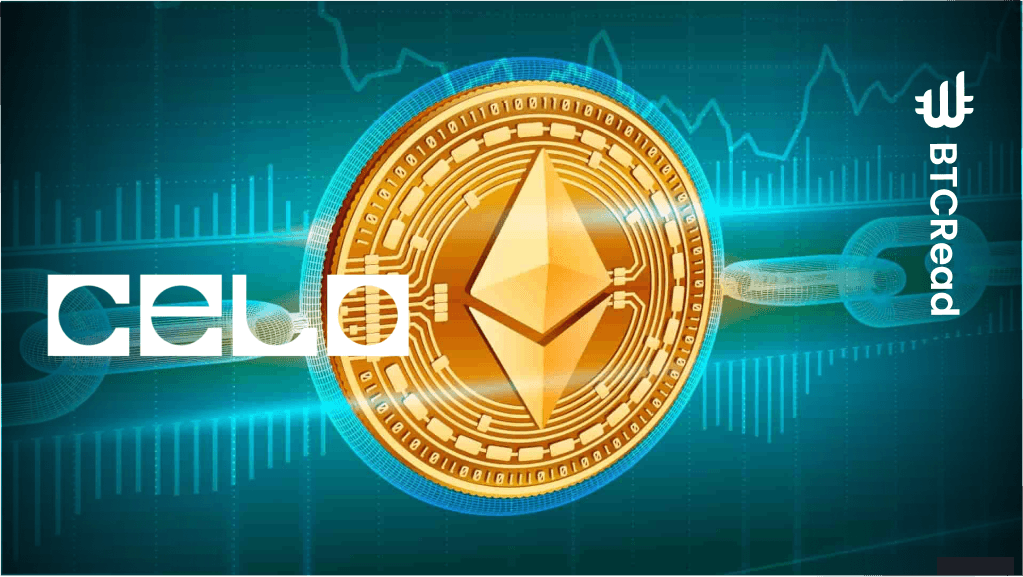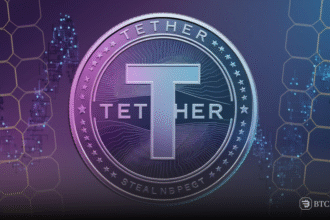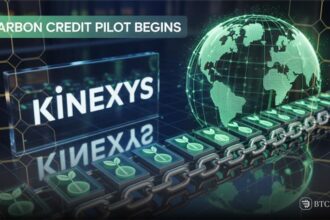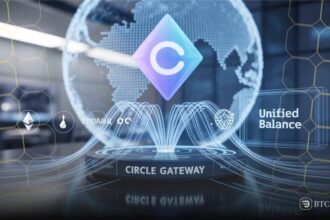The blockchain platform Celo rolled out its layer 2 testnet known as Dango, which became a significant step towards joining the Ethereum ecosystem. On July 6, the Celo Foundation announced that this launch would be critical for cLabs’ in bringing the EVM-compatible standalone blockchain into the Ethereum fold.
As per the blog post, the new Dango testnet is forked from the existing Alfajores testnet and preserves historical data regarding smart contracts, accounts, and balances. Powered by Optimism’s OP Stack, the new testnet explores ways to retain Celo’s central advantages while improving its scalability and interoperability.
Key features and enhancements in Celo Dango testnet
Key features include reducing block time from 5 to 2 seconds and increasing total throughput by 50% while maintaining 1-block finality. It continues fee abstraction, allowing multiple ERC-20 tokens as gas currencies. It also allows money transfers via social identifiers while committing to low gas fees and Celo’s “Ultragreen Money” initiative.
Moving to layer 2 will shift Celo’s capacity for real-world solutions in over 150 countries. Using EigenDA as an alternative data availability layer, the network expects to keep transaction fees below one cent.
Infrastructure providers can move forward in updating their software systems to the latest layer-2 node code. Once the key providers have updated their systems, developers could test end-user decentralized applications (dApps) on the upgraded Alfajores testnet.
The successful launch of Dango has accelerated cLabs migration efforts. The team anticipates that the mainnet launch will be in early winter 2024, bringing Celo’s Layer 2 closer to the Ethereum ecosystem.
Nevertheless, this follows Celo’s initial offering at EthCC 2023 and ongoing community consultations. By deepening its connection to Ethereum, Celo hopes to access a wider ecosystem while not losing its emphasis on mobile-based global user-friendly blockchain solutions.
Related | Notcoin (NOT) soars 33% as trading volume explodes







